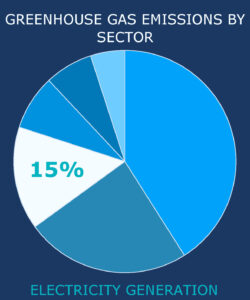
California has set nation-leading targets for decarbonizing its electricity supply, with a goal of carbon-free power statewide by 2045. California utilities have made impressive progress, exceeding their targets through 2019. But further integration of intermittent solar and wind energy will pose an increasingly complex challenge, particularly as more buildings and vehicles are electrified.